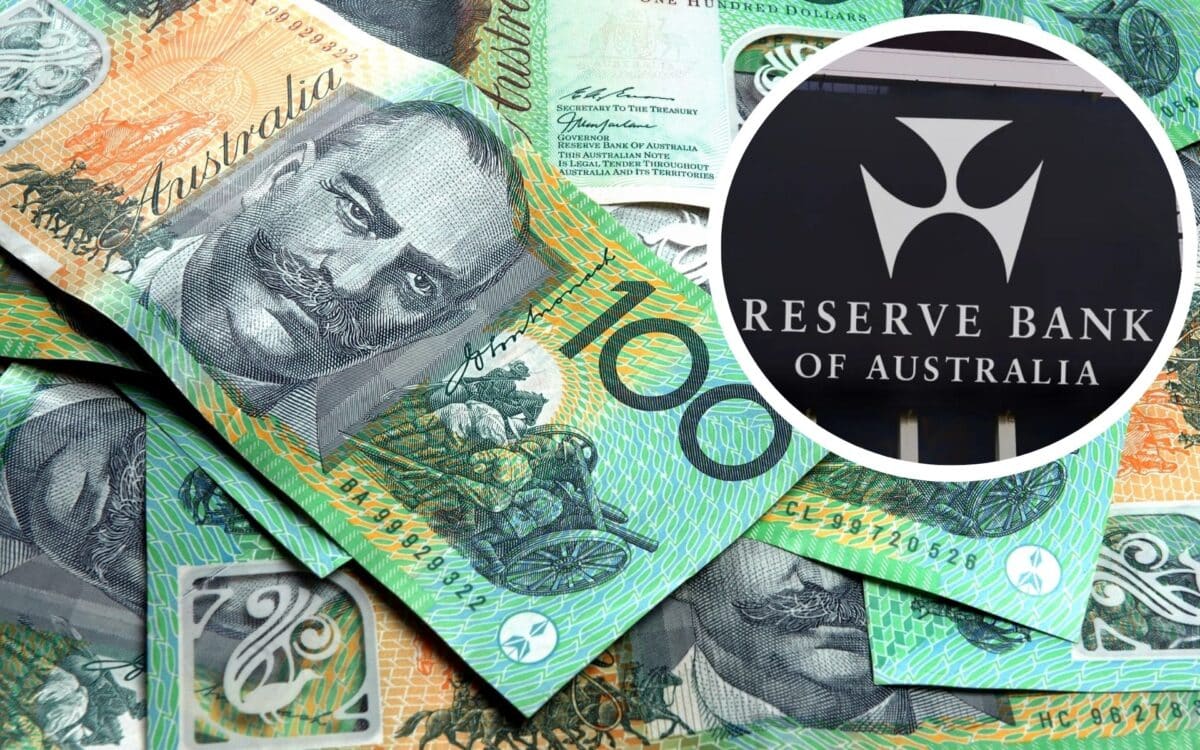Refinancing has become an increasingly popular strategy for Australian homeowners seeking to capitalize on the recent decline in rates. With the potential for more rate cuts on the horizon, borrowers are keen to reduce their mortgage repayments.
Brisbane Times reports that the expectation of further rate reductions has spurred many to explore refinancing options.
Major banks, including ANZ, have already adjusted their forecasts, with some predicting multiple cuts in the coming months. While the future remains uncertain, the current trend suggests that rate cuts could provide significant savings for those willing to act quickly.
How Borrowers Can Maximize Savings With DIY Discounts Amid Rate Cuts
In fact, more than half of borrowers with variable rates have expressed interest in refinancing to secure a lower rate following the first cash rate cut in February, according to a survey by Canstar.
This trend points to the start of a refinancing frenzy, as evidenced by data from PEXA, a mortgage settlement platform, which reported an 8.4% increase in February compared to the same period last year. The article suggests, that we “might be at the start of a refinancing frenzy is also borne out by data from PEXA.”
As rates continue to fall, borrowers are realizing they have the opportunity to cut their repayments even further by switching to more competitive lenders.
This “DIY” discount—by refinancing to a lender offering better value—can add significantly to the savings from the Reserve Bank of Australia’s (RBA) official rate cuts. The article emphasizes :
“The ‘DIY’ discount available from ditching your current lender and switching to a better-value one can significantly add to your RBA-bestowed repayment savings.”
Empowered by Rate Cuts
With each interest rate decrease, the borrowing capacity of individuals increases. This change is particularly beneficial for those who had been trapped in higher-rate loans, often referred to as the “home loan jail.” The article states:
“If you want to use the popular ‘home loan jail’ parlance, which refers to being unable to get approved for a cheaper loan because rate rises have sucked up your spare income capacity and ludicrously trapped you in a more expensive one, the jail is getting unlocked.”
The situation is improving, as new policies—such as the Coalition’s move to reduce the stress test for loan approval from 300 basis points to 200 basis points—make it easier for borrowers to access cheaper loans. The article notes:
“Last week we saw a newly announced Coalition policy to reduce the stress test that’s applied to be approved for a new loan, from 300 basis points to 200 basis points. It’s a sensible, still-safe and easy move.”
Additionally, non-bank lenders, which are not regulated by the Australian Prudential Regulation Authority (APRA), are not bound by the same strict approval criteria, allowing them to offer more flexible options. However, these lenders come with certain risks. The article warns,
Non-bank lenders cannot offer separate, ‘quarantined’ offset accounts unless they are APRA-regulated, authorised deposit-taking institutions.
These lenders typically do not offer offset accounts, which means funds may be less accessible, and borrowers may lose out on government deposit guarantees or tax benefits. The article further explains:
“The problem with opting for one that is not is threefold: it is not eligible for the Australian Government Deposit Guarantee of $250,000; your money goes into your loan’s general repayment ‘pool’ and can be locked up by a lender if you get into financial strife; and your loan balance falls with every deposit, meaning you would never be able to claim investment property tax deductions for that amount, if you later decided to rent out your current home.”
Choosing the Right Lender
For borrowers considering refinancing, it is crucial to evaluate the terms offered by different lenders. The Bank of China currently offers competitive rates at 5.68%, while other institutions like The Capricornian and Northern Inland Credit Union offer rates of 5.74%.
These rates are for owner-occupiers paying principal and interest on a $500,000 loan with an 80% loan-to-valuation ratio. In contrast, loans from the big four banks average around 6.7%, which is approximately 100 basis points higher. According to data from Mozo,
“The average alternative big four loan is way up at 6.7% … or roughly 100 basis points more.”
Switching to a lender offering a lower rate could result in significant savings. For example, on a $500,000 mortgage, refinancing today could save around $315 per month. The article concludes,
“Even just the repayment saving from a switch at today’s rates, on our model $500,000 mortgage, would be $315 a month.”
With potential future rate cuts, borrowers can expect even more savings by choosing the right lender at the right time.









